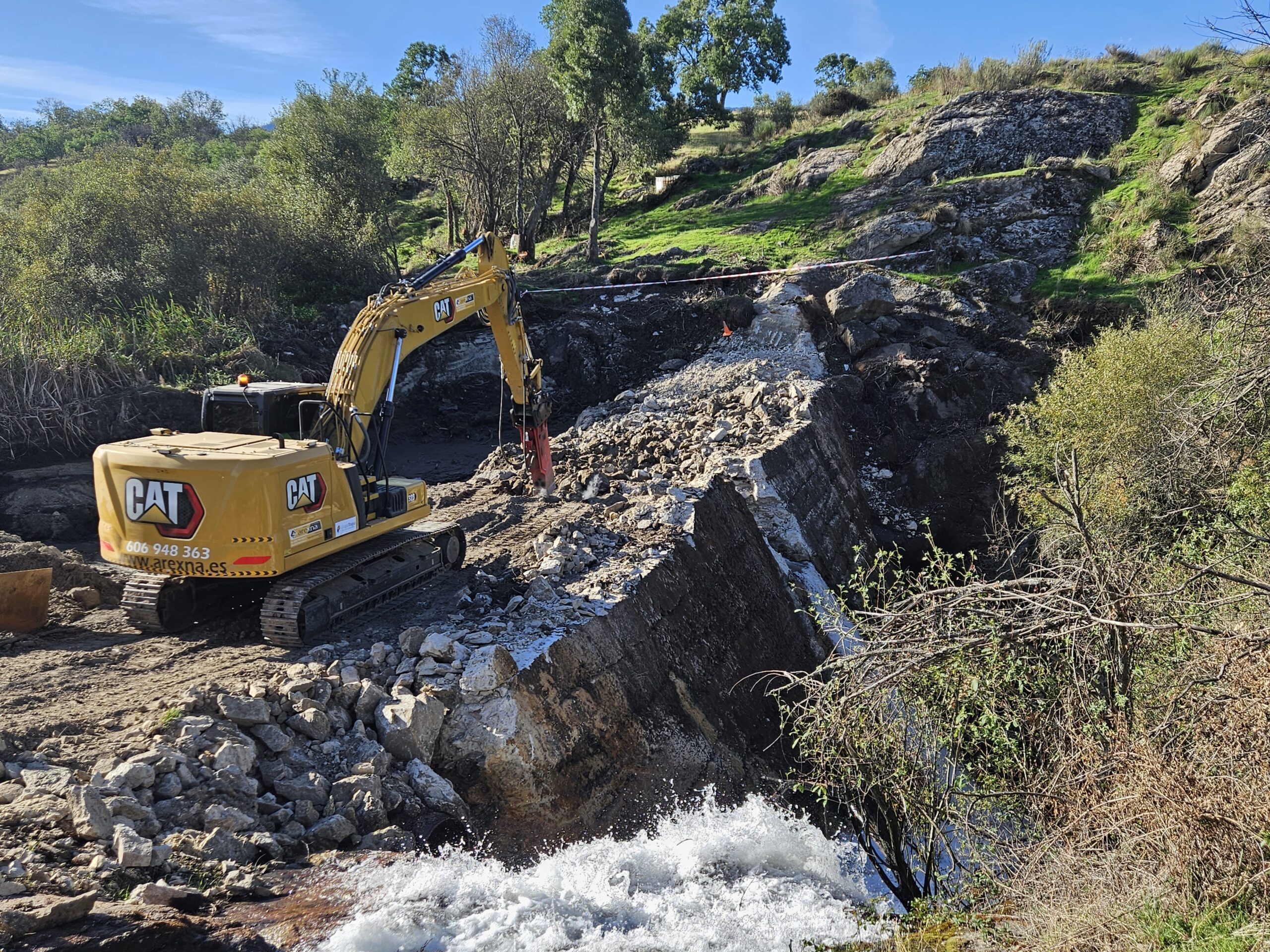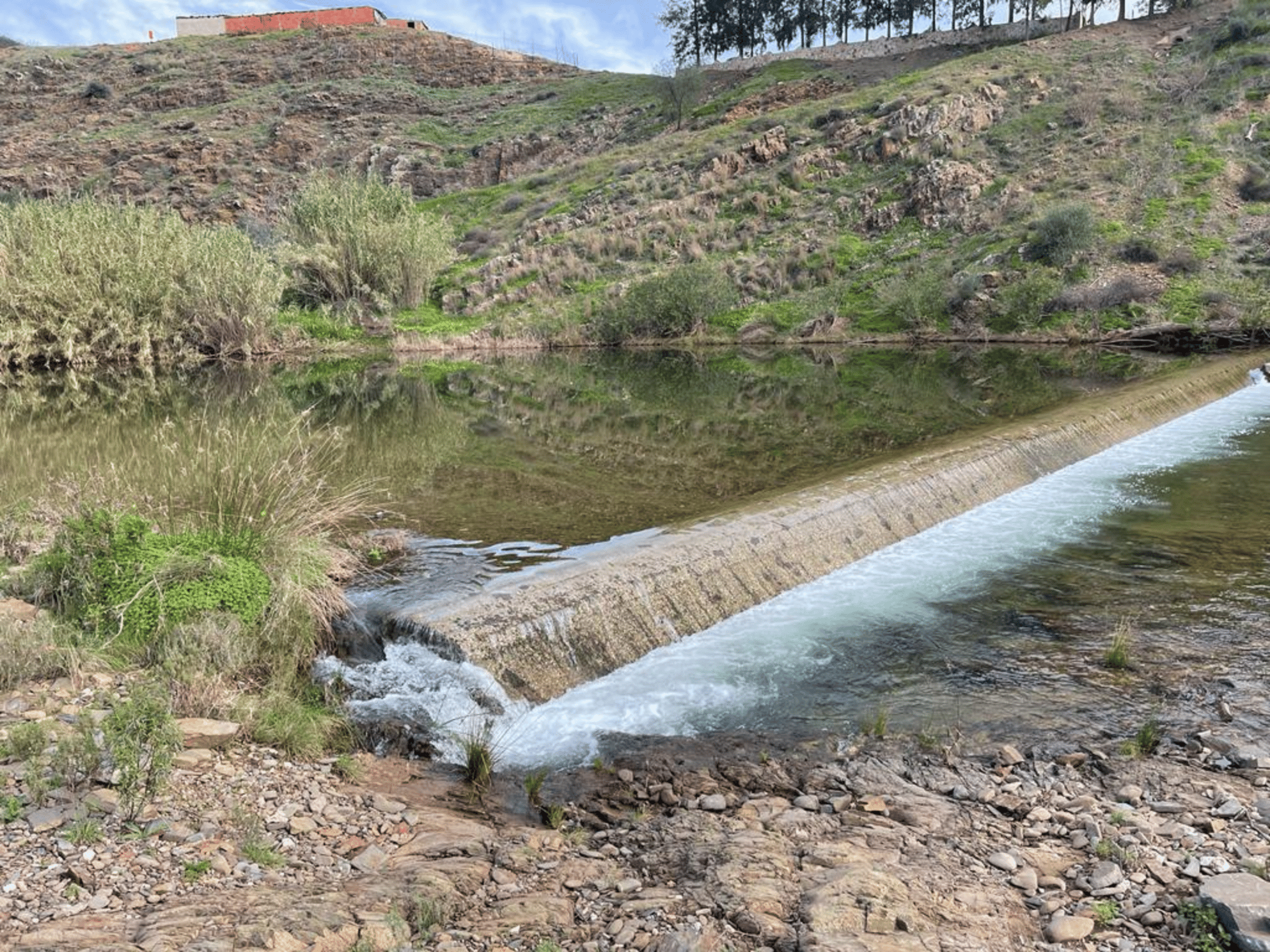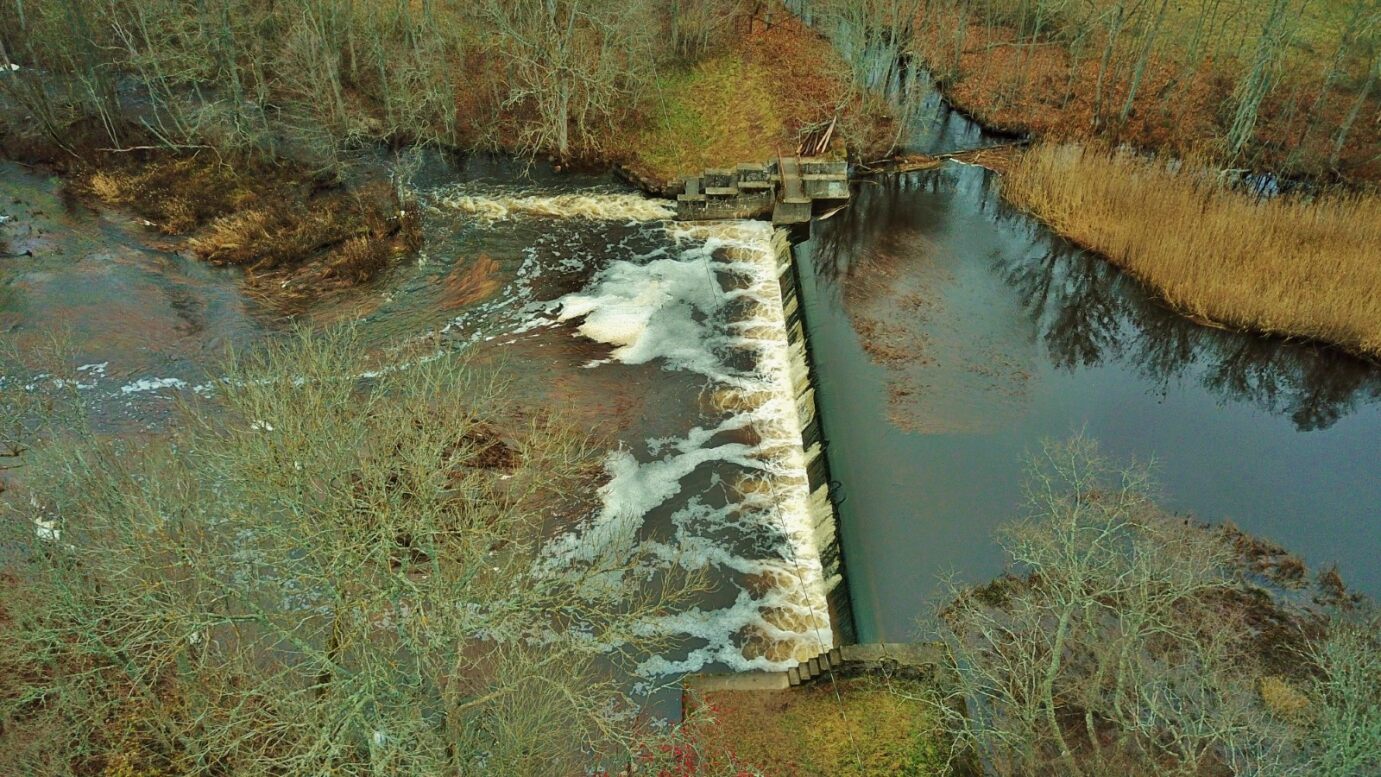
Torreval Dam, Spain © Pao Fernández Garrido
Dam removals hit another all-time high in 2023: New Dam Removal report reveals a 50% increase in barriers removed across Europe.
The European dam removal movement achieved another record-breaking year. A remarkable 487 barriers were removed in 15 European countries in 2023 – a 50% increase on last year’s record number. These initiatives led to the reconnection of over 4300 kilometres of rivers, boosting biodiversity, restoring ecosystems and enhancing climate resilience, which is critical for communities, economies and nature. Spain, which had been crowned the trailblazer of barrier removal in Europe for two years in a row, was dethroned by France and now occupies second place, followed by Sweden and Denmark.
However, the latest developments at the EU level are causing setbacks. The Nature Restoration Law is currently in limbo after it failed at the final hurdle at the Council of the European Union. The proposed law includes a critical target for the restoration of 25000 km of river.
”“From France to Finland, communities, companies and countries are investing in removing obsolete and increasingly risky barriers to improve river health for people and nature.”
Herman WanningenDirector of the World Fish Migration Foundation

Map of European countries that reported barrier removals in 2023. Color gradient refers to the number of removals per country.
Obsolete river barriers are safety hazards.
The report warns about the safety risks posed by obsolete river barriers, detailing 129 deaths over the past years. Despite the growing momentum behind dam removals, European rivers are fragmented by more than 1.2 million barriers, including over 150 000 obsolete barriers – many of which pose significant hazards to people and wildlife. Some dams, in particular weirs (low-head dams), have been identified as potential “drowning machines”, due to the formation of inescapably strong subsurface currents. Yet there is no European wide analysis of dangerous dam incidents.
For this report, Dam Removal Europe made the first attempt to collect information about risks that dams pose to swimmers, kayakers, and other recreational river users. It found that 82 incidents occurred in 16 countries, which resulted in 129 fatalities. Most incidents happened from 2000 on. The research also revealed that the victims’ ages ranged from 2 to 59 years – with most in their mid-20s to mid-30s.
Along with this threat, more intense storms and extreme floods due to climate change are also increasing the risk of dams collapsing, particularly ageing and obsolete barriers – threatening lives, properties and economic damage. With tens of thousands of obsolete dams scattered across Europe, the potential for catastrophic failures is a growing risk for downstream communities. Indeed, at least three river barriers collapsed last year due to heavy rain in Norway, Northern Ireland, and Slovenia.

Galaxes Weir, Portugal © ANP – WWF
2024 sets to be another promising year.
Looking ahead, the European dam removal movement shows no signs of slowing down, with numerous projects slated for 2024 and an increasing network of over six thousand individuals, which has played a pivotal role in raising awareness and driving action across the continent.
Several significant barrier removal projects are on the horizon for the near future. New regions in Europe are getting engaged in the dam removal movement, like the Balkans through an Open Rivers Programme-funded project to scale up dam removal in Southeastern Europe.
Croatia is set to proceed with the removal of eight barriers, including parts of old mills and remains of older infrastructure, in Plitvice during April and May, with the aim of restoring natural river flow and biodiversity. Romania is also gearing up for its first barrier removal scheduled for May, a move anticipated to enhance river connectivity and ecosystem health.




Join the discussion 3 Comments